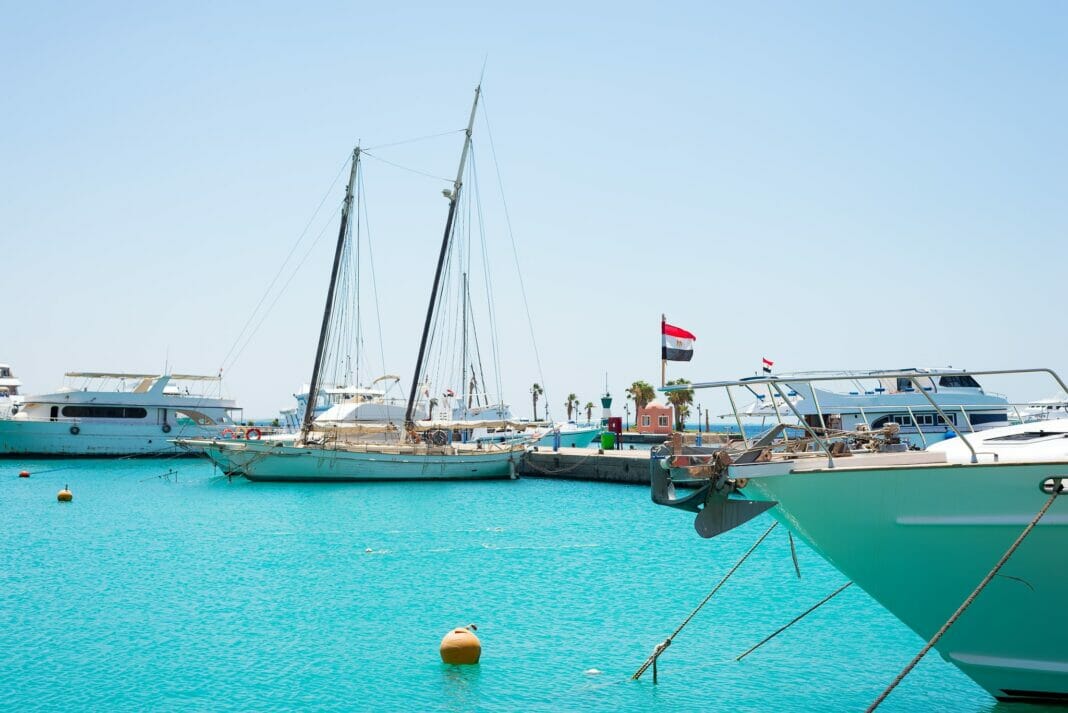If you are a seafaring newbie or a salty veteran, securing your powerboat is vital. A dependable anchor can keep your boat stationary when it’s time to bask in the sun and take a break from cruising. Whether you’re doing some fishing, swimming, or taking an afternoon nap, anchoring with the right tools will provide you and your boat with stability and protection from choppy waves and gusty winds. This article will cover various types of anchors and anchoring techniques that are best suited for powerboats.
Choose the Right Anchor for Your Powerboat
Hear the seas beckoning you to venture on an adventure through unfamiliar waters. But prior to setting off, choose a suitable anchor:
Plow Anchors: This type of anchor provides great stability and is suitable for use on sandy, muddy, and rocky surfaces. It’s the most popular choice among powerboat owners.
Fluke (or Danforth) Anchors: Lightweight and easy to store, these anchors deliver good holding power in sand or mud, but aren’t as suitable in rocky or grassy areas.
Claw (or Bruce) Anchors: Claw anchors do a good job regardless of the seabed conditions, and are able to reset themselves if disturbed. Though, they don’t hold quite as well as plow or fluke models.
Evaluate the Anchorage Zone
Before sending out your anchor, think about the following considerations:
Seabed Conditions: Assess the nature of the ocean bottom, looking for sand, mud, rocks, or plants.
Water Depth: Measure how deep the water is to choose an appropriate scope (the ratio of anchor rode length to the depth). Usually, 5:1 or 7:1 is recommended.
Climate and Tides: Take into account wind and current direction when positioning your anchor, as this will influence how your boat swings at anchor.
Swing Range: Ensure you leave enough space around your boat, so it doesn’t crash into other boats or objects.
Instructions for Secure Anchoring
Follow these steps to ensure your anchor is effective and stable:
Prepare the Moorings: Choose an anchor, chain, and rope to match the size of your boat and anchorage conditions. Unwind enough line to provide the required scope.
Reduce Speed: When approaching the anchorage, reduce your speed and position yourself against the wind or current.
Stop: When you reach the desired location, bring your powerboat to a complete stop.
Deploy: Ease in the anchor while going in reverse, avoiding the chain from piling up on top of the anchor.
Release: Allow out the rope to reach the desired scope before applying tension to secure it into the seabed. Make sure it is securely set by tugging gently with the motor in reverse.
Switch off & Stabilize: After confirming that it is firmly set, turn off the engine and fasten the anchor rode to a bow cleat or some other sturdy attachment point.
Monitor Location: Keep an eye on where your boat is using a GPS device, landmarks, or other boats nearby to make sure it isn’t dragging its anchor.
Beacon Light: When visibility is low, or it’s nighttime, display anchor lights to tell other boats that your boat is at anchor.
Release Your Anchor
When it’s time to depart from the anchorage, take these steps:
Begin: Turn on your engine and instruct your team to wait at the bow, so they can pick up the anchor.
Unhinge: Detach any ropes or chains that are linked to the boat.
Slowly Proceed: Move forward cautiously as you drive your boat above the anchor, while your team retrieves the anchor line. Be sure not to get the rope tangled in the propeller.
Raise: Have your crew carefully lift the anchor from the sea floor, being mindful of preventing any damage to the boat.
Secure: Secure the anchor onto the boat securely once it is pulled out of the water, and store both pieces properly for future use.
Anchoring your powerboat is a must-have skill for any and all seafarers. Carefully choose the right anchor for the job, assess the waters you’re about to set down in, and with a few savvy techniques, you’ll ensure your boat remains as sturdy as a rock during your next adventure. Don’t worry if you don’t get it the first time; practice makes perfect when it comes to anchoring your boat!


